Reviewed by Julianne Ngirngir
When Plex urges users to update Media Server after fixing a "potential security issue," cord-cutters should pay attention. It's not just another routine software patch—it's a reminder that your personal streaming setup might be more vulnerable than you think. Plex Media Server is one of the most popular platforms for organizing and streaming your personal media collection, with millions of users relying on it to access their content anywhere, anytime. But here's the kicker: Plex has suffered from significant software bugs, vulnerabilities, and data breaches, making regular updates crucial for anyone serious about protecting their digital entertainment hub.
The vulnerability track record that should concern every user
Plex's security history reads like a cautionary tale for media server enthusiasts. CVE-2020-5741 stands out as particularly troubling—a high-severity flaw that allowed remote code execution through the camera upload feature. Think of it like leaving your front door unlocked, but worse: an authenticated attacker could upload a malicious file and have your server execute it. The vulnerability was addressed with Plex Media Server 1.19.3, but here's where things get interesting.
That same vulnerability later played a role in the infamous LastPass breach. The US Cybersecurity and Infrastructure Security Agency (CISA) added CVE-2020-5741 to its Known Exploited Vulnerabilities catalog after learning that a LastPass employee's unpatched Plex server was compromised. The employee never upgraded their software to activate the patch, and the attacker used this entry point to eventually access LastPass's corporate systems.
This pattern reveals something crucial: media server vulnerabilities don't stay contained to your movie collection. What starts as a convenience feature—camera uploads, remote access, plugin support—becomes a pathway into your entire network. CVE-2021-42835 allowed local Windows users to obtain administrator privileges, while another vulnerability tracked in the Tenable database carried a high severity score of 8.4. The common thread? Each flaw exploited the very features that make Plex appealing to cord-cutters.
Beyond software flaws: when your data walks out the door
Software vulnerabilities are only part of Plex's security story. The platform has also faced direct data breaches that exposed user information, creating a dangerous combination when paired with unpatched systems. Plex experienced a data breach in July 2015 that affected its forums, impacting 327,000 accounts and exposing email addresses, IP addresses, passwords, and usernames.
More concerning for current users: Plex disclosed a network intrusion in August 2022 that allowed threat actors to access a proprietary database containing password data, usernames, and emails belonging to some of its 30 million customers. When cybercriminals have both vulnerability knowledge and stolen credentials, your media server becomes a high-value target with ready-made access keys.
The timing of the 2022 breach highlighted how security incidents can snowball. It occurred as Plex was dealing with backlash over its controversial "Discover Together" feature, which many users criticized as a "massive breach of privacy and trust" when it began sharing viewing histories with friends by default. While privacy controversies grab headlines, they often distract from the more pressing security fundamentals that protect your entire home network.
What you need to do right now (spoiler: it's more than just clicking update)
Let's be blunt: if you're still running an older version of Plex, you're essentially volunteering to be someone's next security headline. The LastPass incident demonstrated what happens when convenience trumps security—the employee was running a version roughly 75 versions behind the patched release.
First, check your version immediately. Log into your Plex Media Server dashboard and verify you're running the latest release. According to Plex's own guidance, the company "will provide notifications via the admin UI about updates that are available, and will also do automatic updates in many cases."
Second, secure your containerized installations. If you're using Docker installations like many NAS users do, pay special attention to your security configuration. Beyond updating container images, ensure your Docker setup follows security best practices: run containers with minimal privileges unless hardware transcoding requires elevated access, and regularly audit your port exposures.
Third, audit your attack surface expansion. Remote access, sharing features, and plugin ecosystems each create potential entry points. Consider whether you actually need remote access enabled at all—many cord-cutters only stream within their home network but leave worldwide access configured by default.
The bigger picture: is your media server worth the security risk?
Here's what the security community isn't telling you: Plex's polished interface and cross-platform support come with inherent risks that open-source alternatives like Jellyfin don't have. When comparing Jellyfin vs Plex, Jellyfin offers greater transparency and less data collection precisely because it doesn't phone home to corporate servers.
But let's be practical—most cord-cutters choose Plex because it just works. The platform offers effortless streaming to almost any device, automated metadata fetching, and hardware transcoding capabilities that alternatives struggle to match. Premium users with Plex Pass gain access to features like live TV and cloud sync—each convenience feature potentially expanding your attack surface while adding genuine value to your setup.
The key insight: every feature that processes external data or accepts network connections represents a potential vulnerability waiting to be discovered. By allowing remote access, Plex can expose your IP address to the internet. Various plugins and channels may not adhere to stringent security standards. Understanding this trade-off helps you make informed decisions about which features truly justify their security overhead.
PRO TIP: Set up regular backups of your media files and Plex configurations. Recent reports show users experiencing database corruption that can wipe out years of careful organization. As one user discovered, even with database backups available, some may not be usable when you need them most.
Where do we go from here?
The reality check cord-cutters need: Plex takes security issues very seriously and frequently works with external parties who report issues, but no software is bulletproof. The company has never had a critical vulnerability published without a patched version already available, yet users consistently fail to apply those patches promptly.
With Plex recently announcing significant price increases including a doubled Lifetime Pass cost to $249.99, users are already questioning their platform loyalty. Whether economic pressures push you toward alternatives like Jellyfin or you stick with Plex's polished ecosystem, the security fundamentals remain unchanged: minimize unnecessary features, understand your attack surface, and treat updates as non-negotiable maintenance.
Your personal media server might feel like a private corner of the internet, but in reality, it's just another connected device that needs the same security attention as your router, smart TV, or any other networked hardware in your cord-cutting setup. The next time Plex—or any media server platform—urges users to update after fixing a "potential security issue," don't treat it as optional maintenance. Treat it as the digital equivalent of locking your front door.





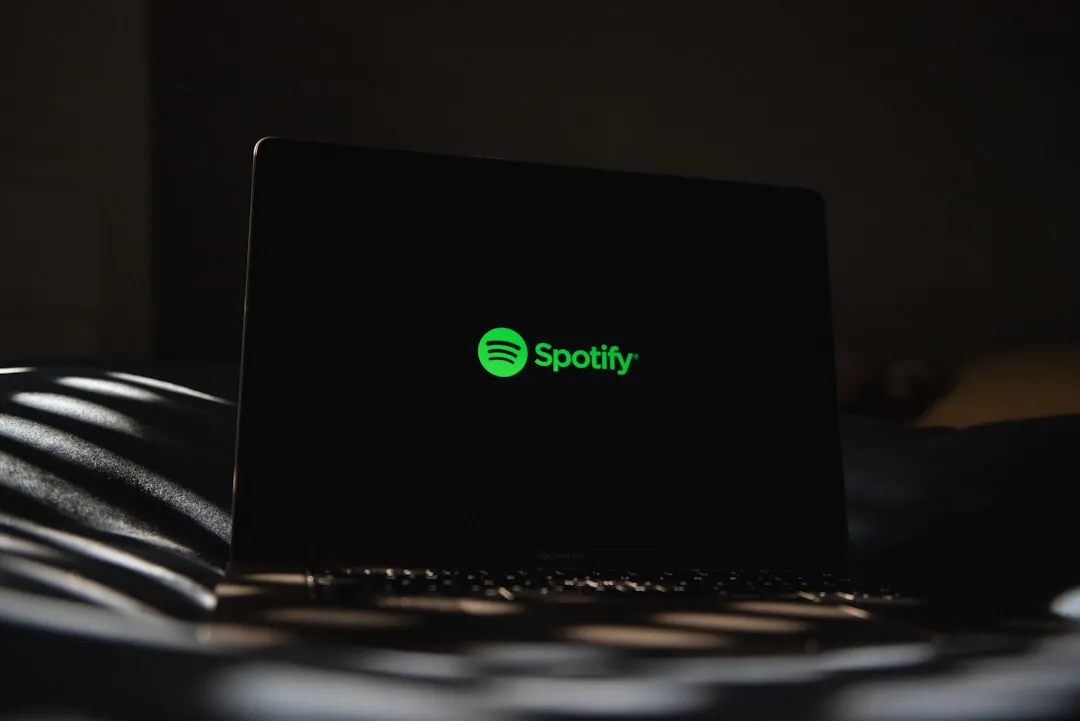



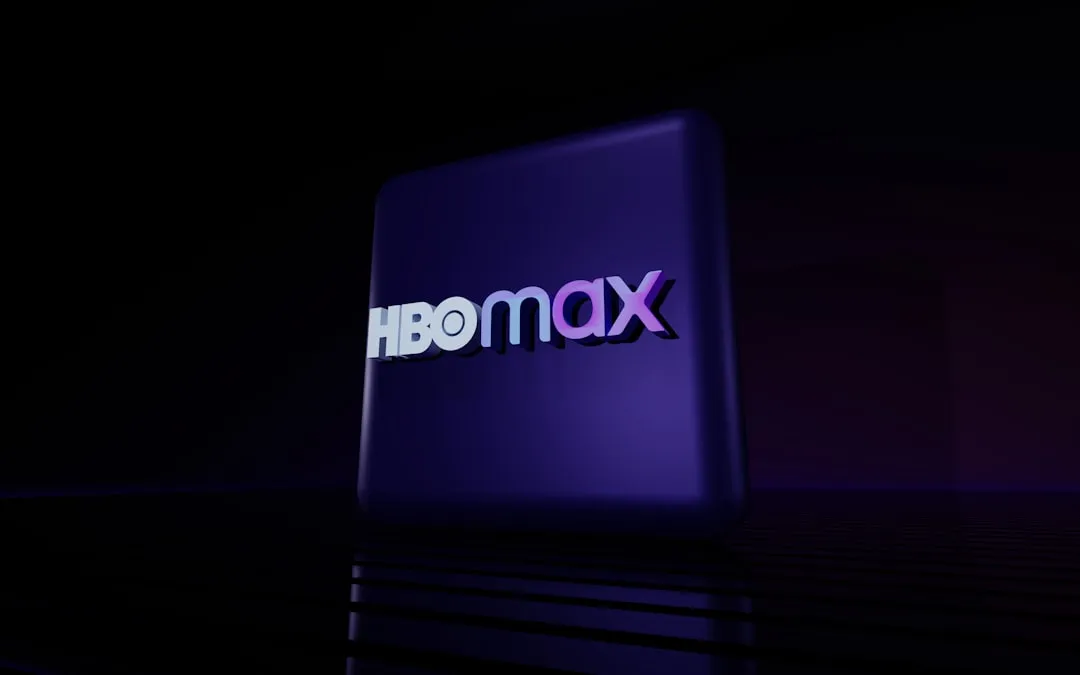

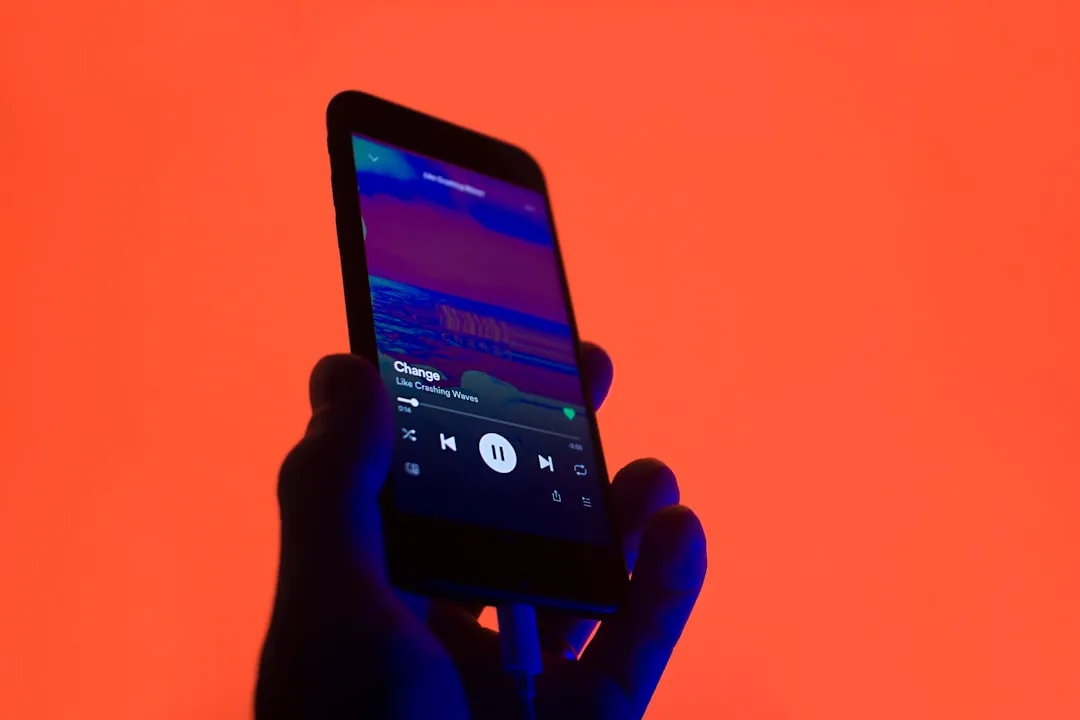

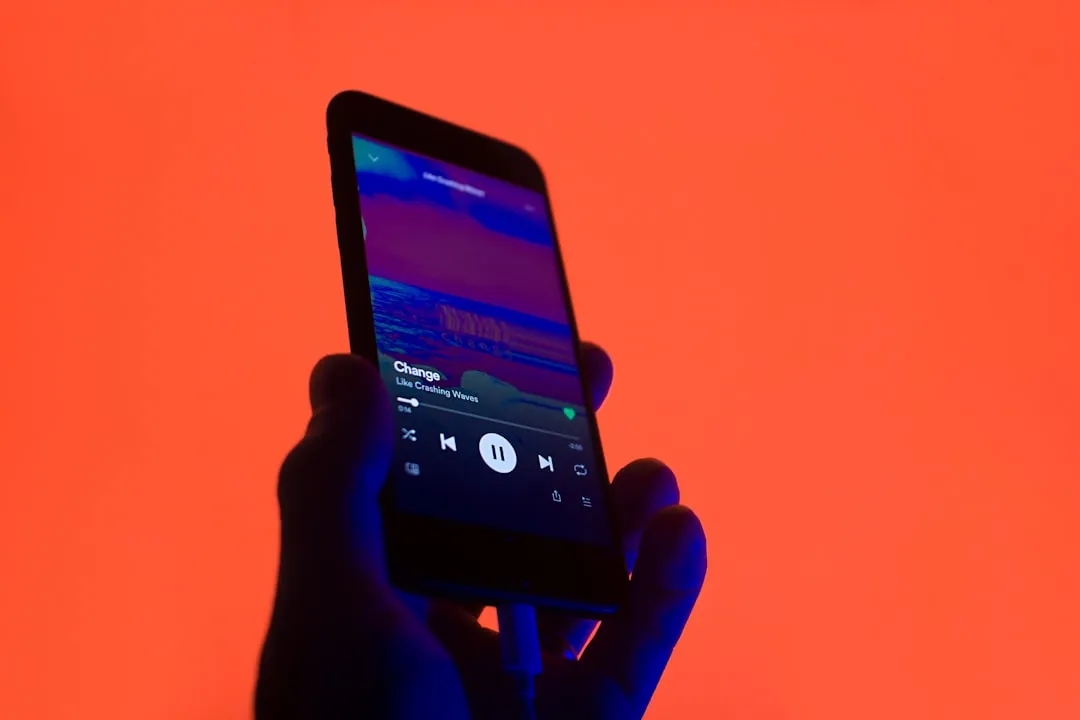
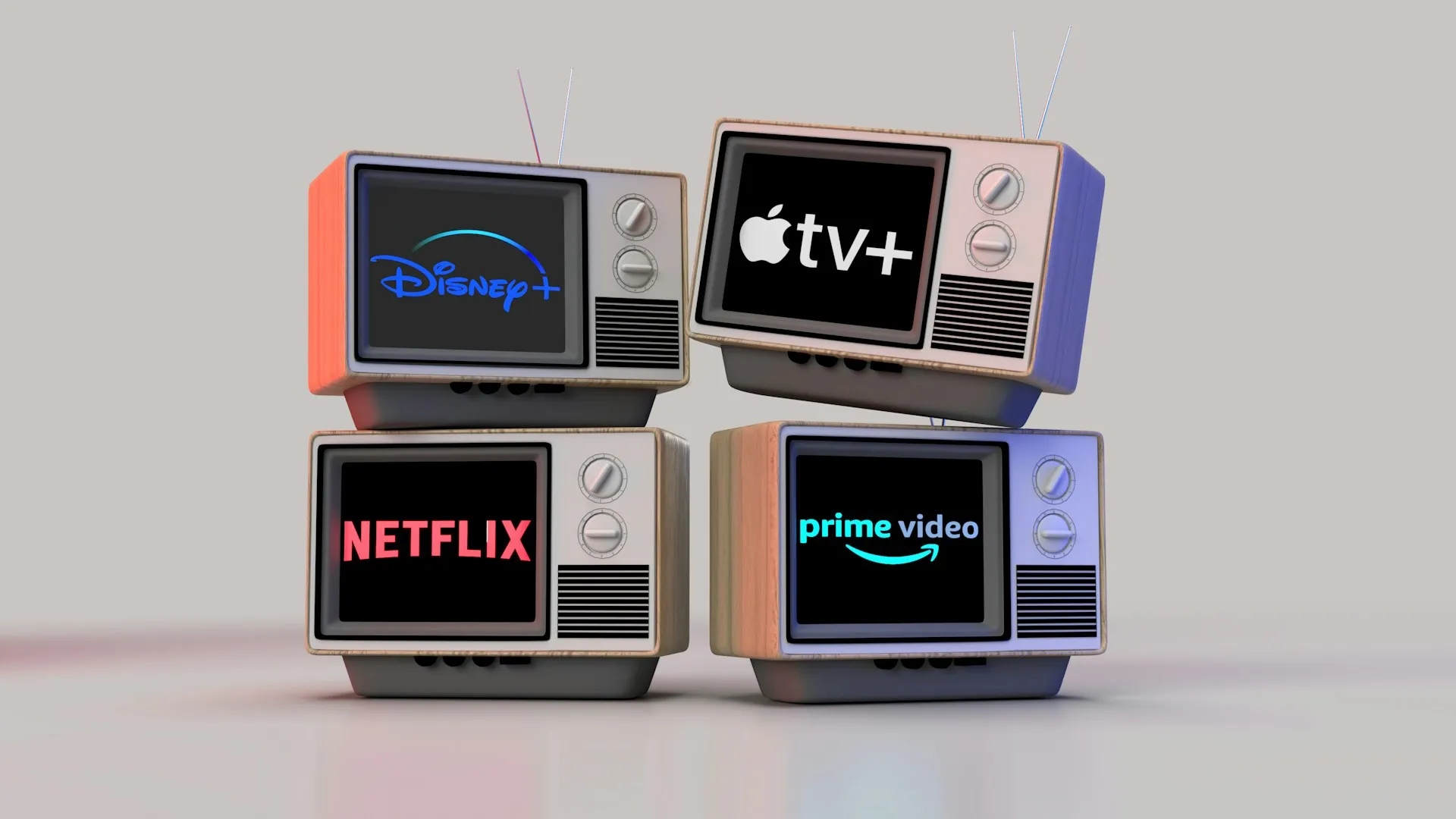
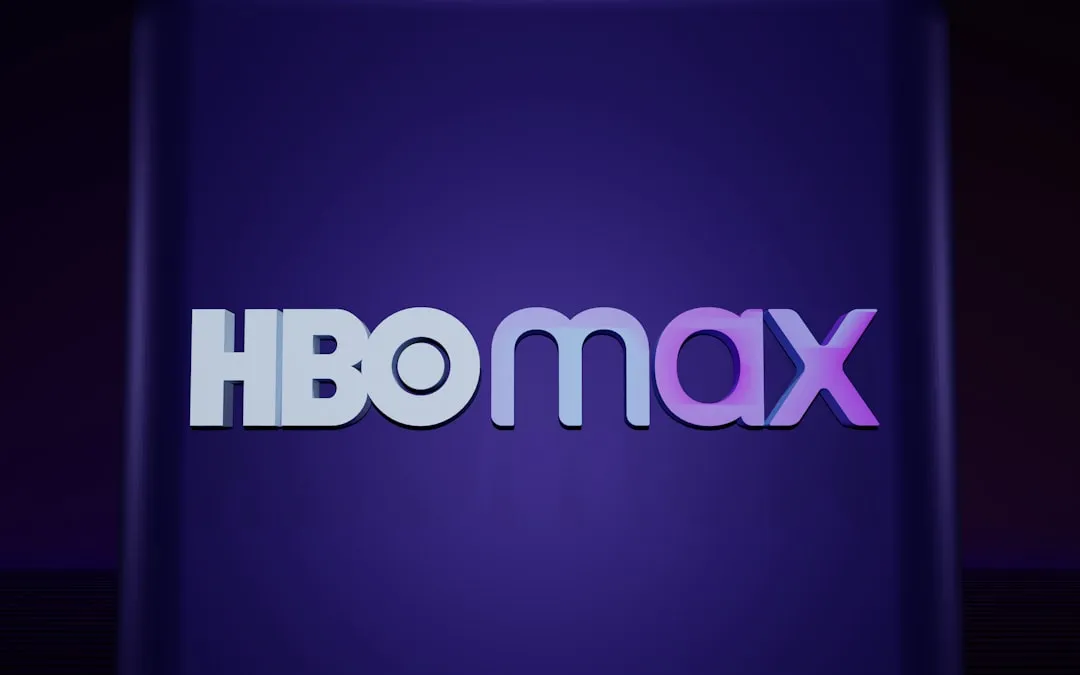



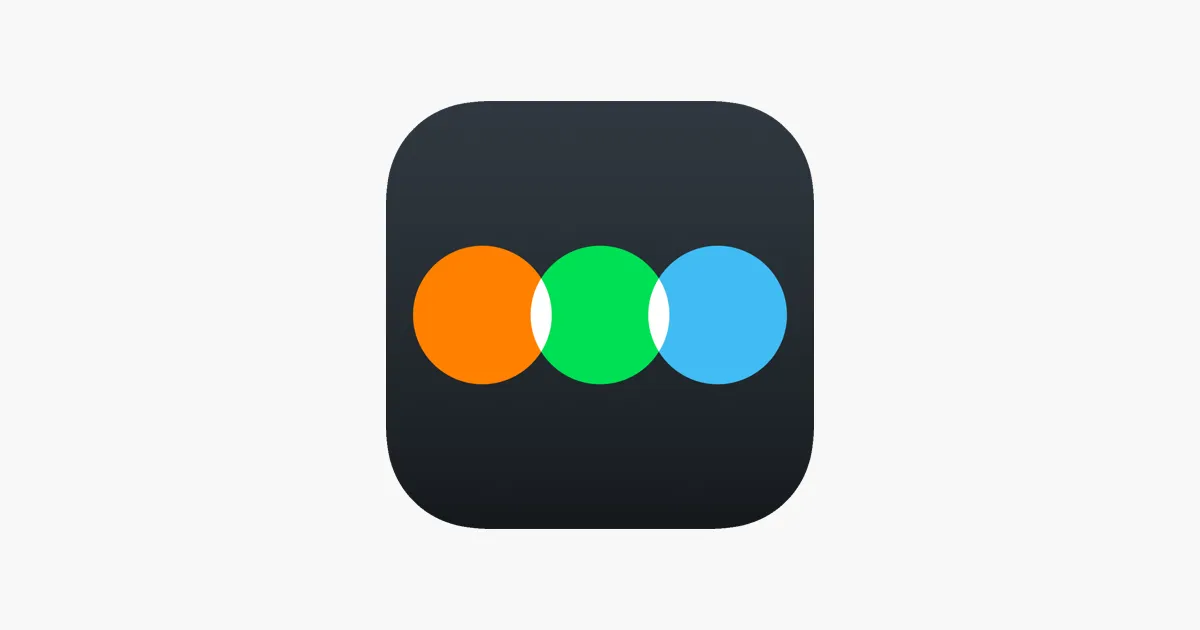
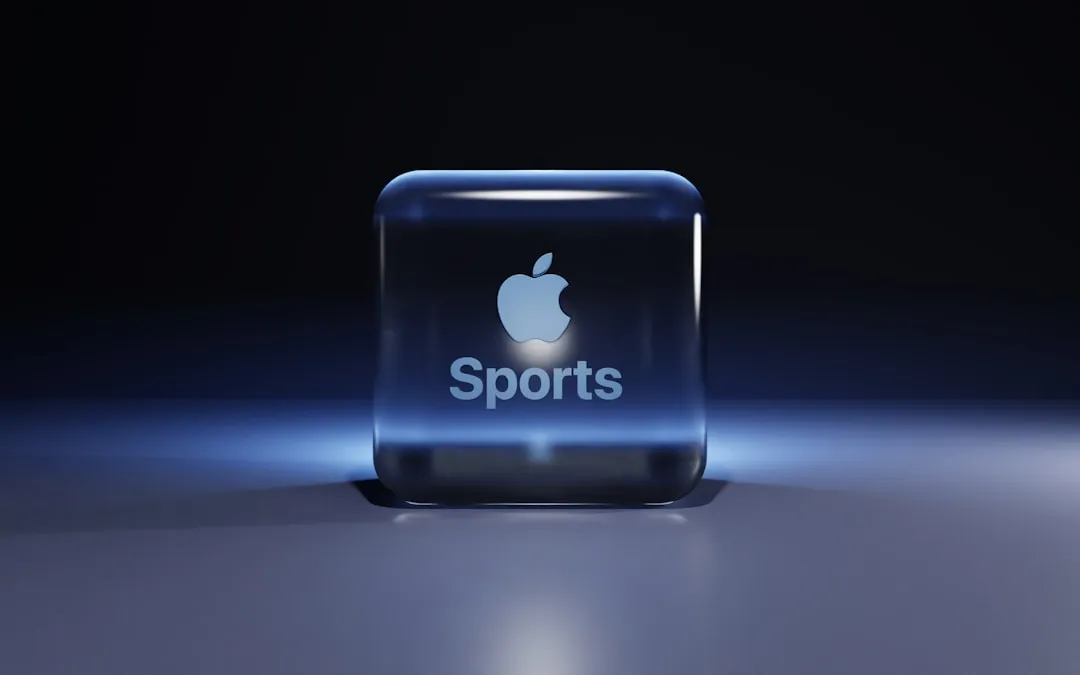
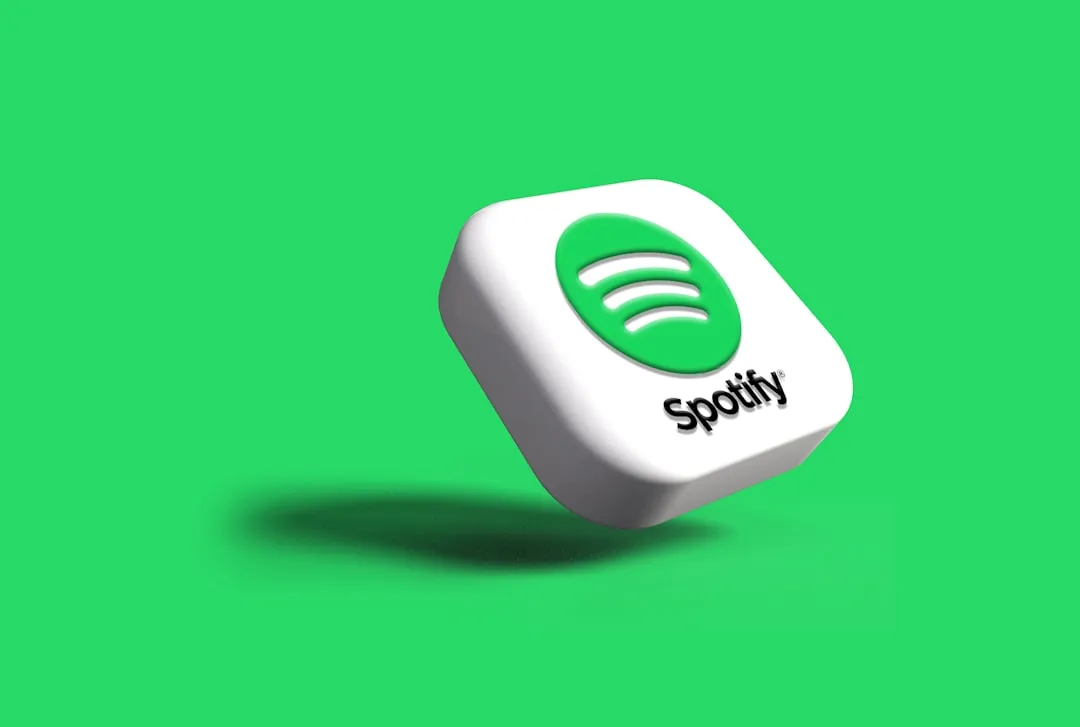
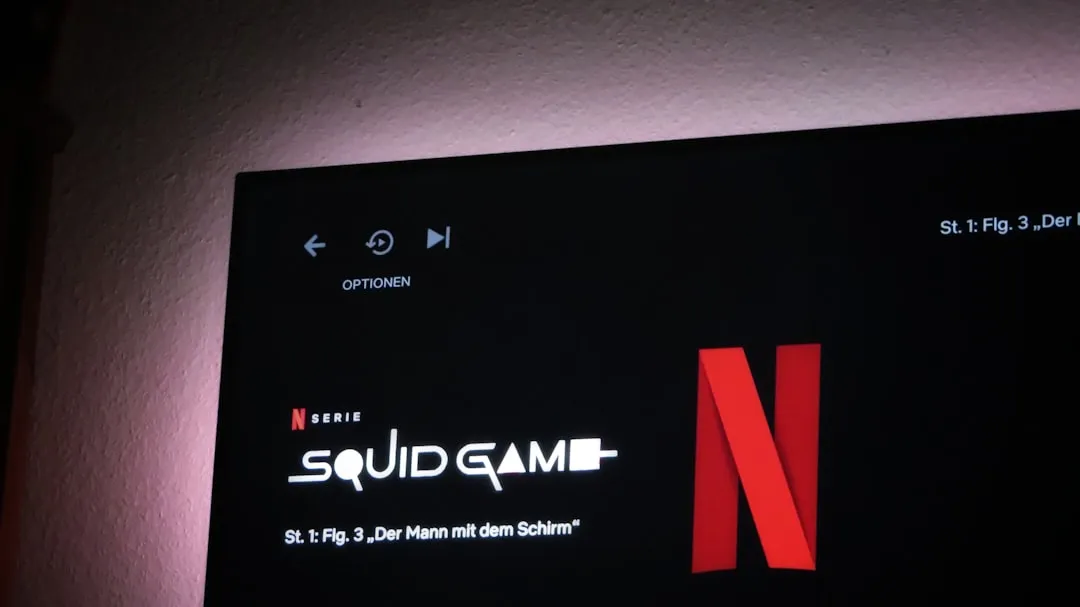
Comments
Be the first, drop a comment!